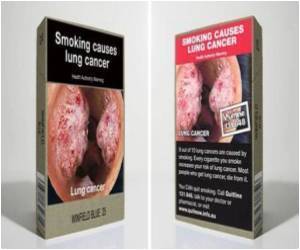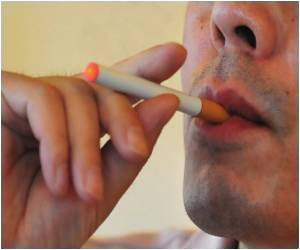San Diego, CA, February 8, 2011 – When the FDA proposed new rules restricting outdoor tobacco advertising near schools and playgrounds in 2009, the tobacco industry argued that such

Using geographical information system (GIS) spatial analysis for the states of Missouri and New York, along with more detailed analyses of the urban areas of St. Louis and New York City, investigators located all tobacco retailers falling with 350-, 500-, and 1000-foot buffer zones around all schools and playgrounds. They determined that 22% of retailers in Missouri and 51% in New York fall within 1,000-foot buffers around schools. In urban settings, more retailers are affected, 29% in St. Louis and 79% in New York City. Sensitivity analyses demonstrate that smaller buffers decrease the proportion of affected retailers. 350-foot buffers affect only 6.7% of retailers in St. Louis and 29% in New York City.
Therefore, in Missouri and New York, outdoor tobacco advertising would still be permitted in many locations even if such advertising was prohibited in a 1,000-foot buffer zone around schools and playgrounds. Much smaller buffer zones of 350 feet may result in almost no reduction of outdoor advertising in many parts of the country. The FDA is still deciding the distance from schools where they will ban outdoor tobacco advertising. Given the lack of impact of a 350-foot ban, the authors urge the FDA to reject that as an option and implement a distance that is more effective at reducing outdoor advertising where children will routinely be exposed to it. If the 1,000-foot buffer zone were implemented, the authors estimate that up to 1.5 million pieces of outdoor tobacco advertising would be removed across the country.
Buffer zones where no outdoor advertisements are allowed have been proposed by the FDA and public comment has been solicited. The tobacco industry contends that a 1000-foot buffer zone in urban areas would be equivalent to a total ban and therefore unconstitutional on First Amendment grounds.
The study concludes that "Tobacco advertising reaches children and adolescents in a variety of ways. Given the effectiveness of tobacco advertising, efforts to restrict the exposure of young people to tobacco advertising is an important health policy goal. The current health policy analyses suggest that weakening of outdoor advertising policies may result in phantom policies that do little to reduce youth exposure to tobacco product advertising."
Advertisement















